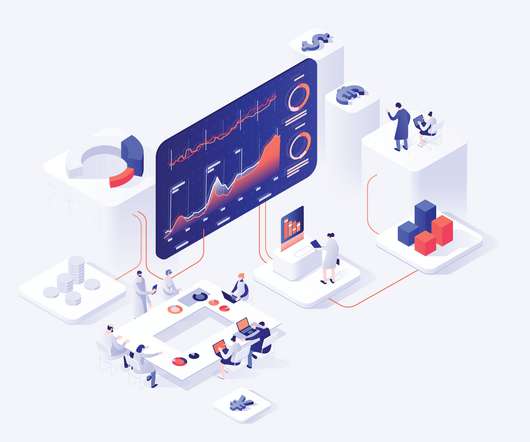Trending Technologies for BI & Financial Planning and AnalysisMaking AI Real (Part 2)
Jedox
JULY 31, 2018
Part one of our blog series explored how people are the driving force behind the digital transformation and how it is fueled by artificial intelligence and machine learning. Now, we will take a deeper look into AI, Machine learning and other trending technologies and the evolution of data analytics from descriptive to prescriptive.













Let's personalize your content